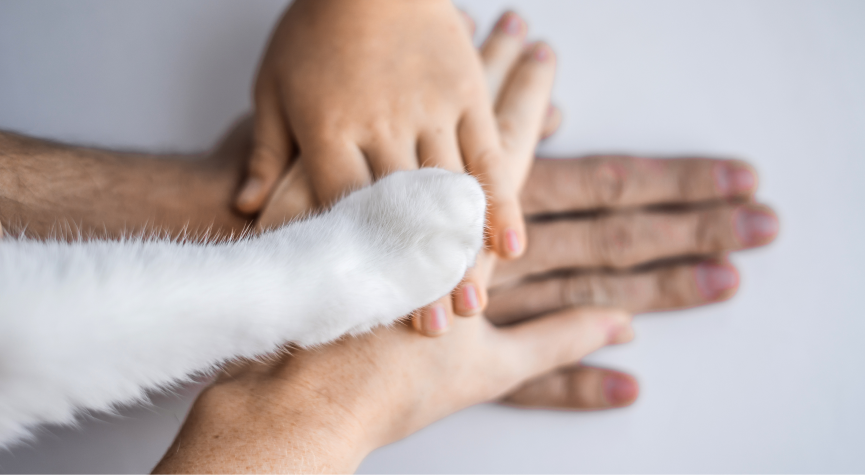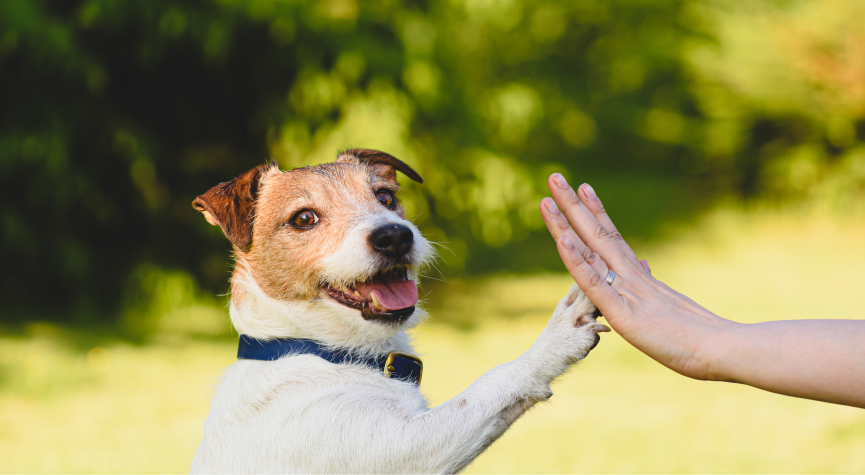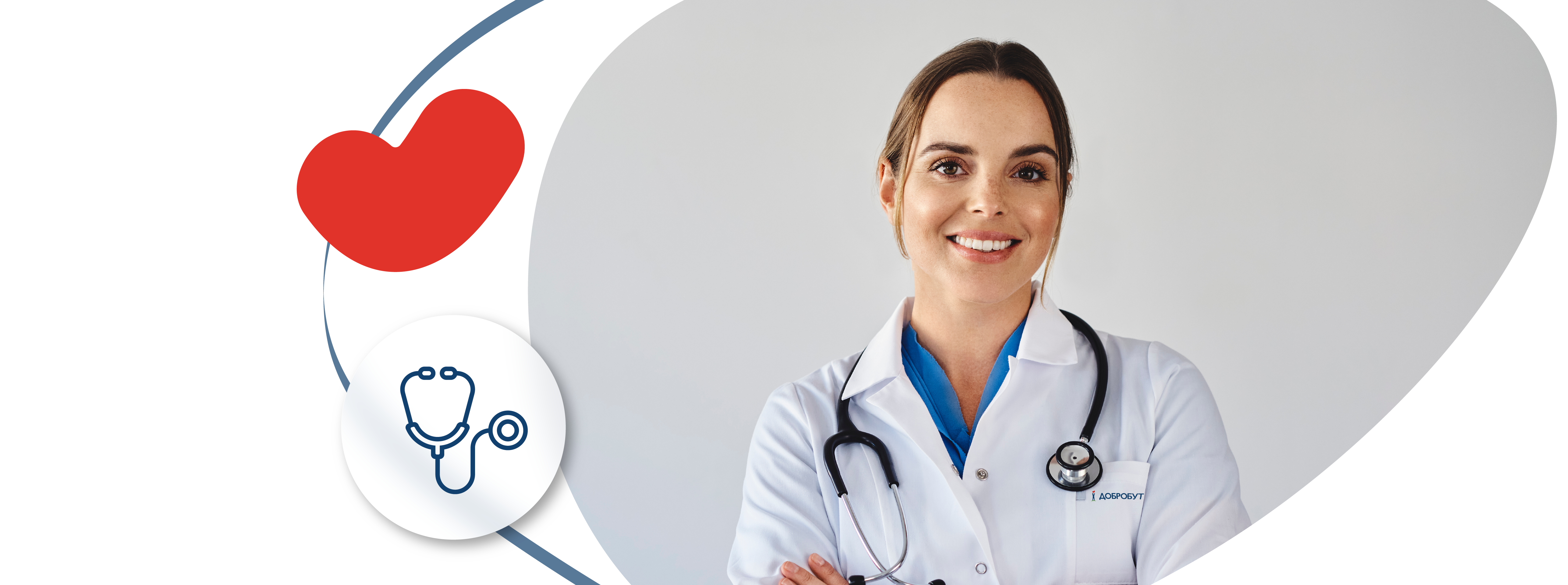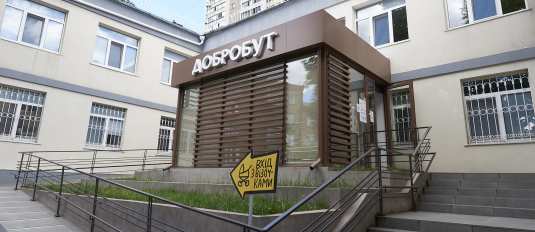Rabies Prevention

The main element in preventing the spread of rabies among animals is their vaccination. Yes, the vaccine does not protect each individual animal 100%. But vaccinating more than 70% of dogs interrupts the transmission of rabies among them. And they, as you remember, are the main source of rabies for humans. Wild animals are also vaccinated using edible baits. This also reduces the circulation of the rabies virus among wild animals.
The best rabies prevention for a particular person is to avoid contact with potentially dangerous animals!
- The most important and simple prevention of rabies is to avoid being bitten by animals, and dogs in particular.
- It's better to avoid a pack of stray dogs than to take a chance.
- You should not have direct contact with wild animals, even cute ones like hedgehogs.
- If you need to throw away a bat that has accidentally flown in, do not pick it up with your bare hands. Throw a cloth over it and then release it out the window.
Rules of behavior with animals from the American Academy of Pediatrics
1. Never leave a small child alone with a dog, whether it is your dog, a dog you know well, or a dog that seems well-behaved. Any dog can bite.
2. Do not irritate the animal or provoke it.
- Treat your pet humanely so that it enjoys the company of people.
- For example, do not tie your dog to a short rope or chain, as a rigid restriction can make the animal anxious and aggressive.
- Bites often happen because of rough play, because the child does not understand when the animal is overstimulated. Do not allow your child to play aggressive games with the dog, such as tug-of-war or wrestling, as this can lead to bites.
- Do not allow your child to tease your pet by pulling its tail, taking away a toy or food.
- Make sure your child does not disturb the animal when it is sleeping or eating.
3. Never pet an unfamiliar dog or cat.
- Warn your child to stay away from yards where dogs seem agitated or unfriendly.
- Teach your older child the signs of a dangerous dog: tense posture, lowered tail, hysterical barking, and intense staring.
- Also, be careful when touching puppies or kittens in the sight of their mother.
4. Find out which of your neighbors have pets and offer your child to meet the animals under your supervision and that of the owner.
5. Teach your child how to properly interact with dogs.
- Ask permission from the dog's owner before petting it.
- You need to stand still while the dog sniffs.
- Then you can slowly reach out to gently pet the animal.
- Stay away from the muzzle and tail.
- Avoid eye contact with the dog, especially in the beginning.
6. Never disturb a dog that is sleeping, eating, or caring for puppies.
Dogs in such situations are more aggressive, even toward people they know.
7. It is rare, but it happens that a dog attacks a person unprovoked.
Teach your child to keep his or her face away from the animal.
8. Teach your child to move calmly and slowly around the dog.
9. If the dog is behaving in a threatening manner, such as growling or barking, teach your child how to behave.
- Remain calm.
- Avoid eye contact with the dog.
- Walk away slowly until the dog loses interest and walks away.
10. If you or your child is knocked down by a dog, curl up in a ball and protect your eyes and face with your hands.
11. If a dog or other similar animal with strange behavior is running at you.
- Stay where you are, do not run or ride a bike, push the animal, or make threatening actions.
- Refrain from making direct eye contact.
- Walk away slowly, avoiding sudden movements, and keep the animal in sight.
12. If your child is chased by a dog while riding a bicycle.
- Do not try to get away from it quickly.
- You should stop the bike and get off the bike so that the bike is between the child and the dog as a defense.
- Soon, the animal may lose interest in a stationary “target”.
13. Teach your child to avoid all wild animals. Wild animals can carry very serious diseases that can be transmitted to humans. Avoid contact with rodents and other wild animals (raccoons, skunks, foxes), which can carry many diseases from hantavirus to plague, from toxoplasmosis to rabies. Fortunately, most wild animals are active only at night and try to stay away from people. A wild animal that appears in your or a neighbor's yard during daylight hours may be sick with an infectious disease, such as rabies. Do not contact such animals!
Rabies is a deadly disease, but it can be prevented. The key components of prevention are a conscious attitude to contact with animals, vaccination of pets, and compliance with simple rules of behavior with animals.
If you or your children and loved ones are at high risk of contact with animals that could potentially be infected with rabies, consider getting a rabies vaccination. This is an important step in preventing the risk of rabies infection.
If you have any doubts after coming into contact with an animal, immediately wash the wound with soap and water and seek medical attention. Timely medical care can save lives!
Be careful, cautious and take care of yourself and your loved ones. After all, your health is your responsibility!
Authors of the article - Kireiko Viktor Petrovych
Reviewer of the article - Bravistova Natalya Oleksandrivna


























%402x.png)
%402x.png)
